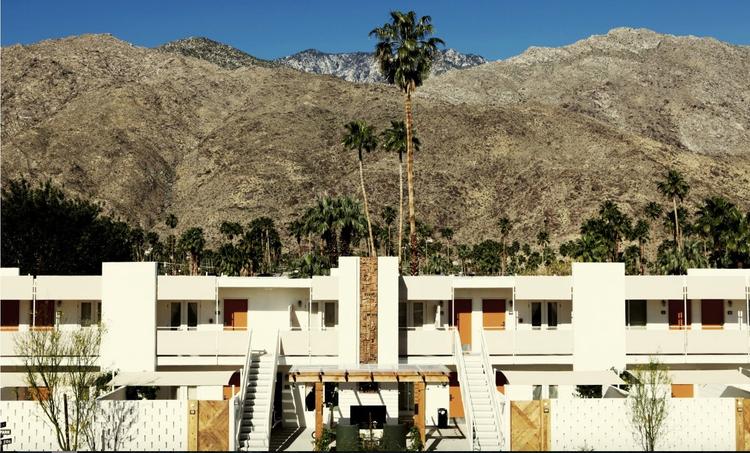First published on Semi-Permanent online, March 2016.
Hotels have always doubled as refuge for artists, writers and musicians intent on putting the world on pause to make their art. Although Ace Hotel, the trailblazing hotel group reimagining hospitality for a new generation, might not lay claim to the history of New York’s Chelsea Hotel or LA’s Chateau Marmont, its blend of creativity and community is forging a legacy of its own.
“Ace Hotel came about when the original partners, Alexander Calderwood and Wade Weigel, were working on a barber shop and music venue in Seattle and realised that there wasn’t anywhere for friends to stay when they came into town,” smiles Kelly Sawdon, Partner and Chief Brand Officer at Ace Hotel and creative services arm Atelier Ace. “It was a hotel built by friends for friends. The fact that the founders weren’t from a hospitality background meant that we were willing to make unorthodox decisions.”
The original Ace Hotel, which was housed in a maritime worker’s building in Seattle’s Belltown and featured guest rooms dotted with upcycled furniture and paintings by Shepard Fairey, was an antidote to the hotel world’s faceless luxury – especially back in 1999. But from Palm Spring’s Ace Hotel and Swim Club, where guests convene around outdoor fireplaces and pools plucked out of a Slim Aaron’s photograph to the Ace New York, a 268-room property whose lobby and Stumptown Coffee outpost are an unofficial office for Manhattan freelancers, the group has since proved that considered design, when paired with a left-field perspective, can reinvent what a hotel can be.
“Ace was so ahead of its time,” says Pamela Shamshiri, co-founder of Commune Design, the LA design firm whose countless cultural references and laid-back California sensibility have shaped Ace Palm Springs and Ace Downtown LA, which took over the city’s 1927 United Artists Building in early 2014. “It focused on design before that was a big deal in hotels. Ace Hotels incorporate communal spaces where people who might not necessarily meet can hang out. They’re slightly under-designed because it’s about happy accidents.”
“Creative directors at Nike want to be rubbing shoulders with a band who might be on the charts but staying in a smaller room because they haven’t made it yet,” adds Sawdon, who says that the group will open its ninth property in New Orleans in March 2016. “Ace pioneered the concept of trying to have affordable rooms to cater to people who share a cultural mindset rather than an economic class.”
Although this commitment to breaking down barriers applies everywhere from Portland to Pittsburgh, Ace’s approach to building community and collaborating with artists is inspired by the location itself. For instance, Ace New York is known for Five at Five, 5pm performances in the lobby by the likes of Father John Misty, Ace London puts on short film festivals at its basement music venue Miranda and Ace Los Angeles – a hub that’s credited with reviving the city’s downtown neighbourhood – has seen Patti Smith play its Spanish Gothic theatre and recently hosted a live reading of Quentin Tarantino’s The Hateful Eight. Sawdon also says that Ace’s artist in residency program, which has hosted New York artists Christen Clifford and Kenzo Minami, and Dear DTLA, a collaboration with WeTransfer that beams work by LA artists on a giant billboard, offer ways to support people doing interesting things in the city.
“Artists stay in our hotel on a Sunday night and give them free reign to leave behind whatever they consider art,” laughs Sawdon, adding that she’s looking forward expanding the Ace community when the pair speak at Semi-Permanent in May. “We look at what drives a city and go the extra mile to help and influence a neighbourhood. For us, hotels are an opportunity to create an environment where guests can be exposed to new ideas.”
